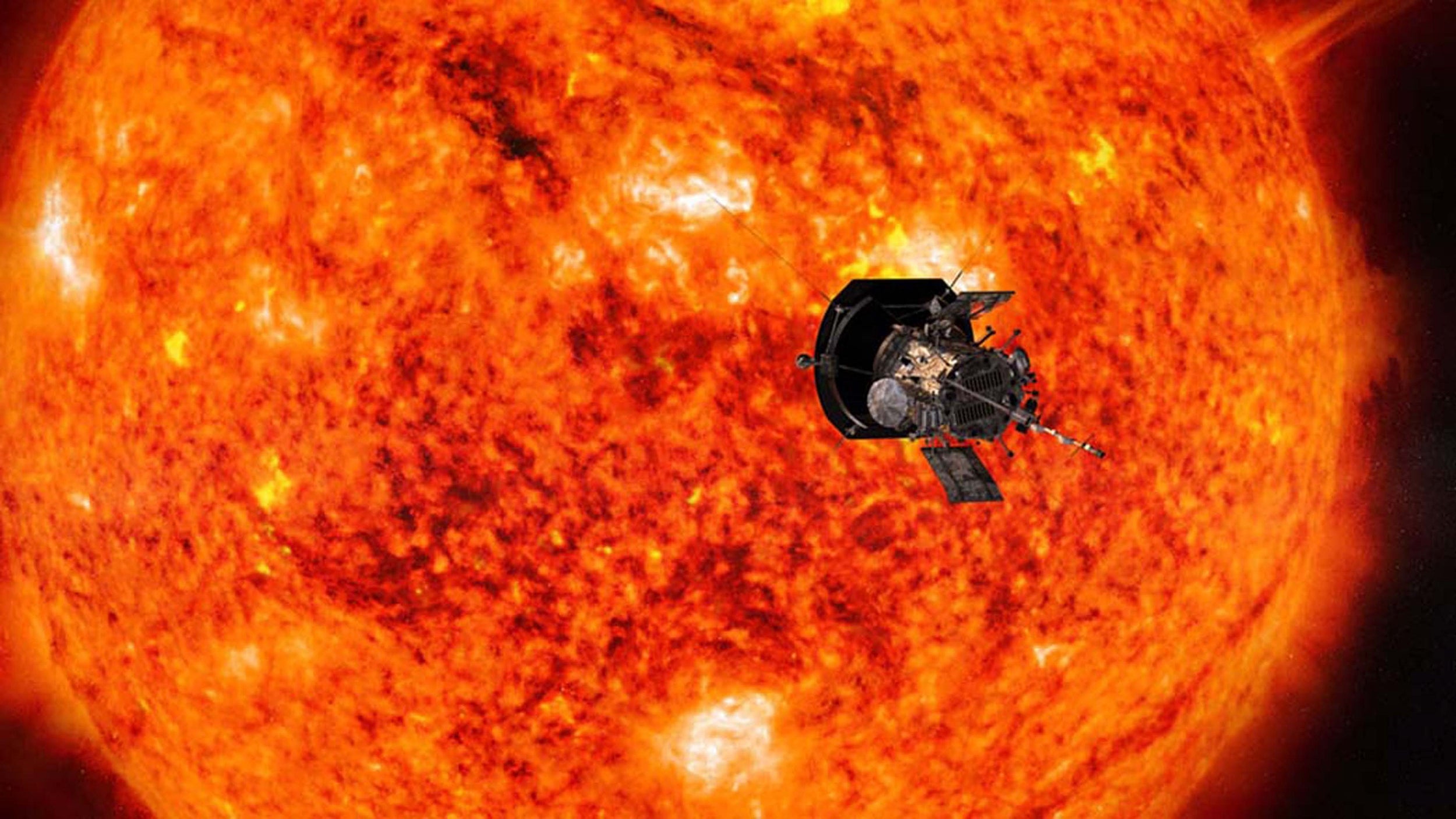Parker Solar Probe: When will the Nasa spacecraft 'touch the sun' and what is the purpose of the mission?
The space agency hopes the craft – travelling 15-times faster than a bullet – will help unlock mysteries of the Sun
Your support helps us to tell the story
From reproductive rights to climate change to Big Tech, The Independent is on the ground when the story is developing. Whether it's investigating the financials of Elon Musk's pro-Trump PAC or producing our latest documentary, 'The A Word', which shines a light on the American women fighting for reproductive rights, we know how important it is to parse out the facts from the messaging.
At such a critical moment in US history, we need reporters on the ground. Your donation allows us to keep sending journalists to speak to both sides of the story.
The Independent is trusted by Americans across the entire political spectrum. And unlike many other quality news outlets, we choose not to lock Americans out of our reporting and analysis with paywalls. We believe quality journalism should be available to everyone, paid for by those who can afford it.
Your support makes all the difference.Nasa launched the Parker Solar Probe over the weekend, setting the spacecraft on a journey that will take it closer to the Sun than any human-made object before it.
The US space agency was forced to delay its launch from Cape Canaveral, Florida, on Saturday following last minute investigations. It eventually lifted off at 3.31am eastern time (8.31am BST) on Sunday morning.
"Parker Solar Probe has been one of our most challenging missions to date," said Omar Baez, Nasa'a launch director. "I'm very proud of the team that worked to make this happen. We at Nasa and the Launch Services Program are thrilled to be part of this mission."
The probe will pass Venus in six weeks, before making its approach to the Sun after another six weeks. It will become the fastest ever human-made object, set to travel around the sun at 430,000 mph – 15-times faster than a speeding bullet.
The Parker probe will also reach as close as 3.8 million miles from the Sun's surface, taking it directly through the Sun's atmosphere. According to Nasa, this will take it so close that it will actually "touch" the Sun.
This proximity won't happen for nearly seven years, however, as getting this close will require several gravity assists from nearby Venus.
"Parker Solar Probe will revolutionise our understanding of the Sun's corona," Nasa said in a blogpost announcing the launch.
"Facing brutal heat and radiation, the spacecraft will fly close enough to watch the solar wind speed up from subsonic to supersonic, and fly through the birthplace of the highest-energy solar particles."

It remains a mystery how energy and heat move thought the Sun's corona but by using the probe to study magnetic fields, plasma and energetic particles, and solar wind, scientists hope to explain the phenomena.
Better understanding of these effects could help scientists forecast solar storms and flares that burst from the Sun, periodically disrupting the Earth's magnetic field and terrestrial communications.
“Exploring the Sun’s corona with a spacecraft has been one of the hardest challenges for space exploration,” said Nicola Fox, project scientist at the John Hopkins University Applied Physics Laboratory. “We’re finally going to be able to answer questions about the corona and solar wind... and IO can't wait to find out what discoveries we make. The science will be remarkable."

A 4.5-inch-thick heat shield will protect the probe's instruments from the outside temperatures, which will reach above 1,300 degrees Celsius. Due to the remarkable properties of the Sun's outer atmosphere, the temperature of the corona is actually hotter than the Sun's actual surface.
The probe will harvest power from the sun, using water cooled technology to keep the solar cells at an operational temperature.
The mission is named after Eugene Parker, an astronomy professor at the University of Chicago, who first described the concept of solar wind in the 1950s.
"Wow, here we go. We're in for some learning over the next several years," Mr Parker said from the scene of the probe's launch on Sunday.

Join our commenting forum
Join thought-provoking conversations, follow other Independent readers and see their replies
Comments